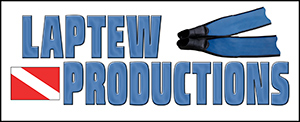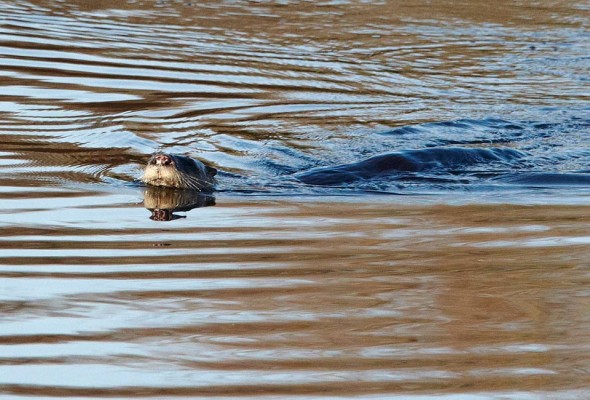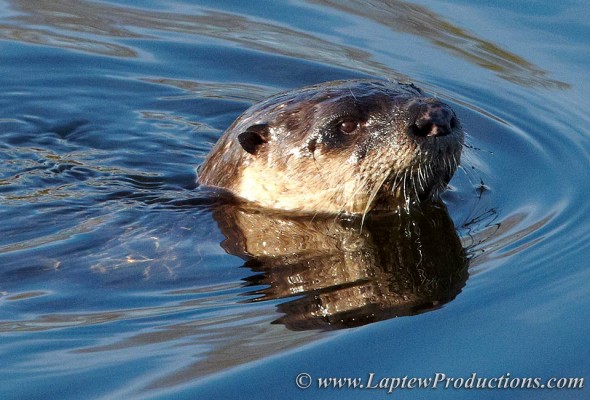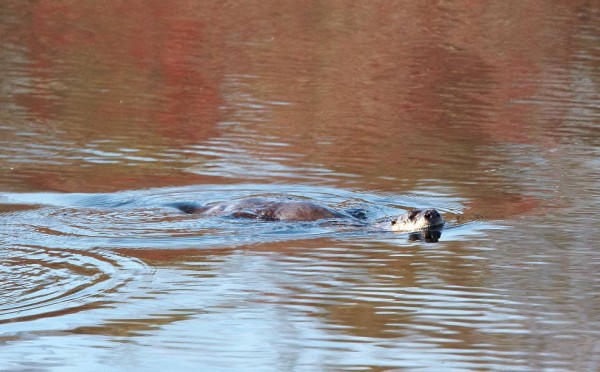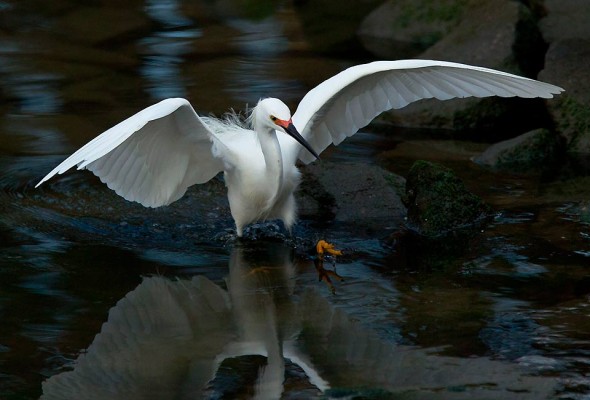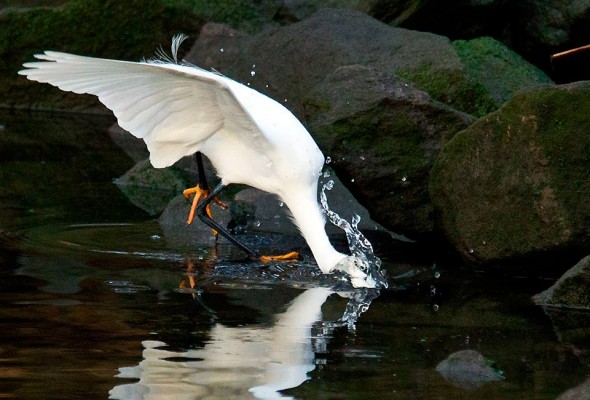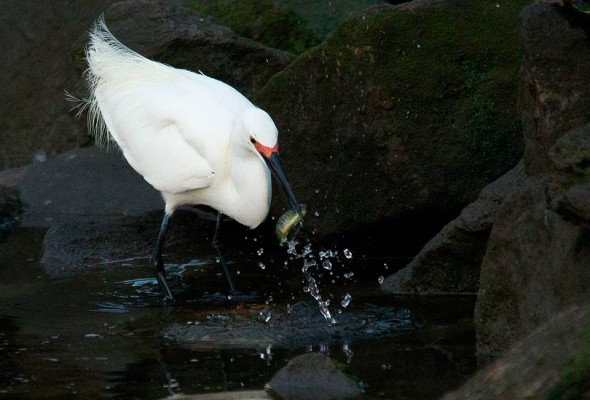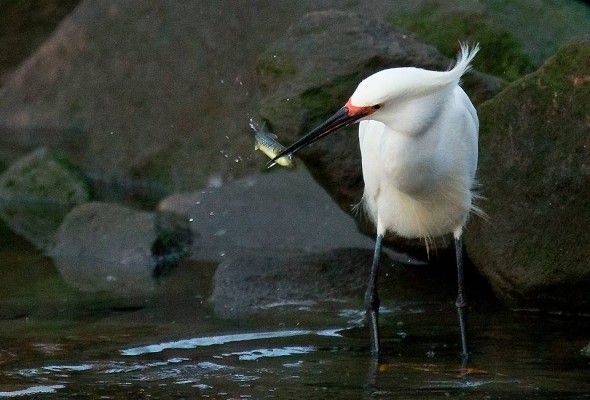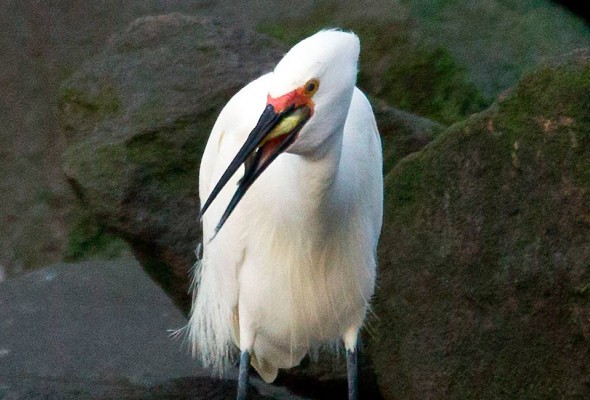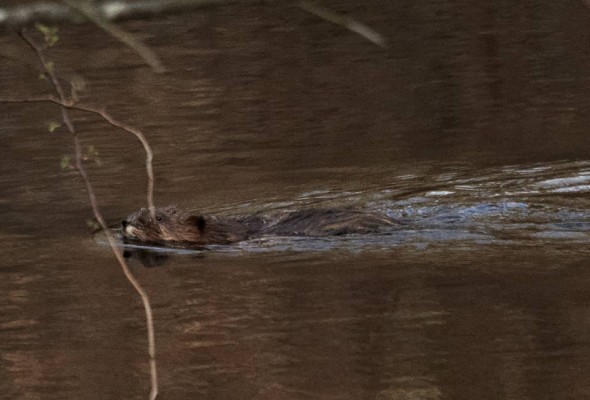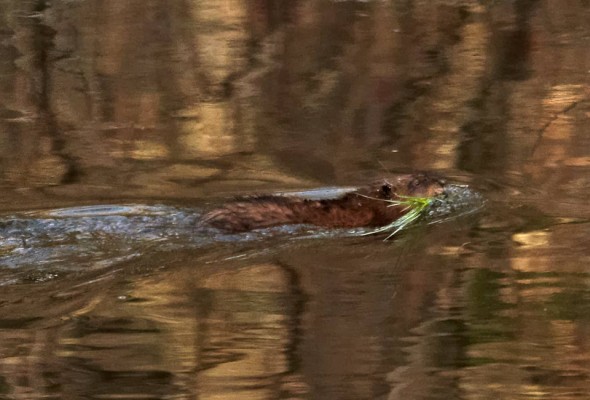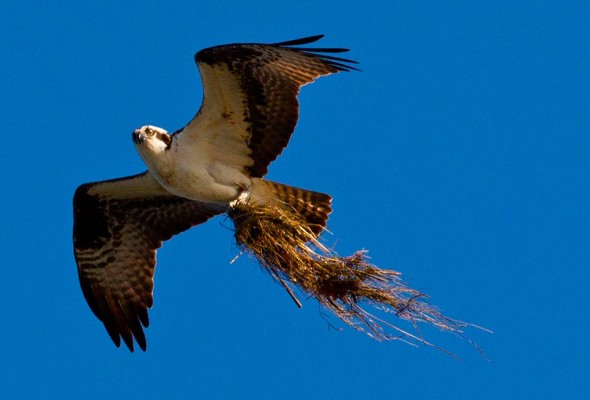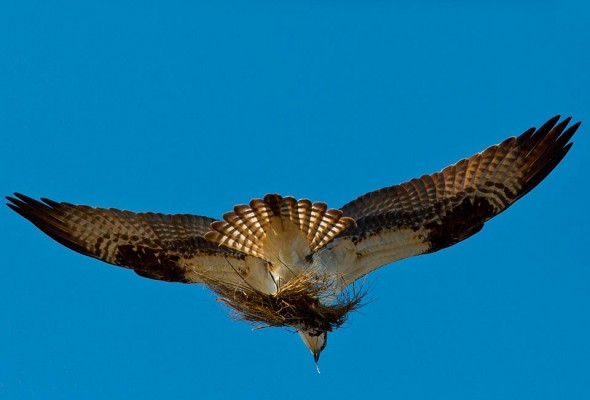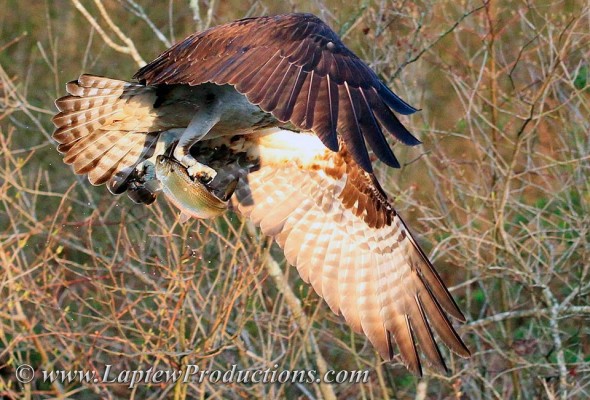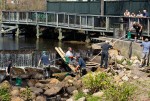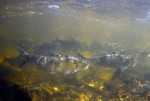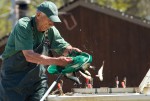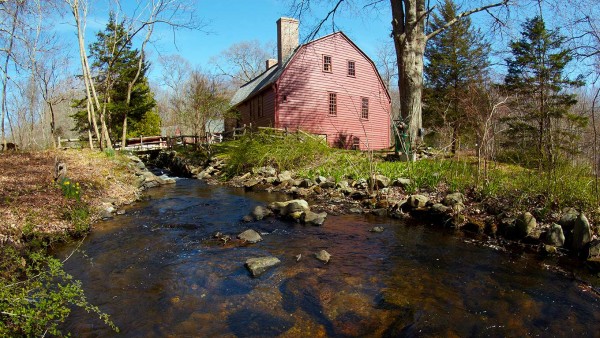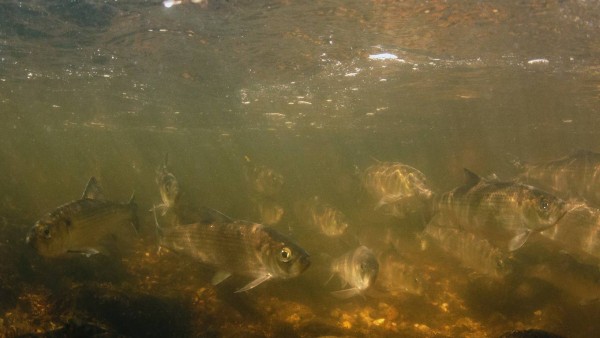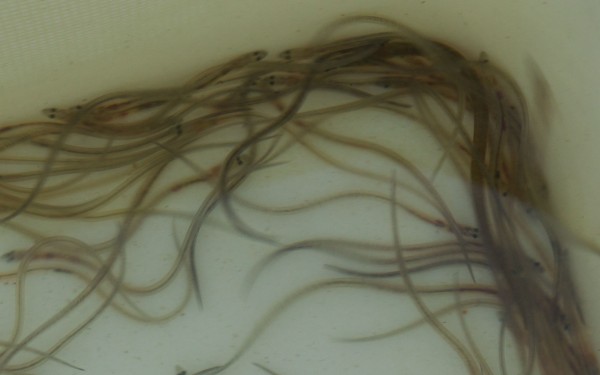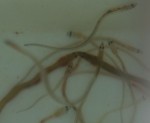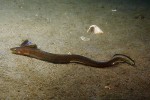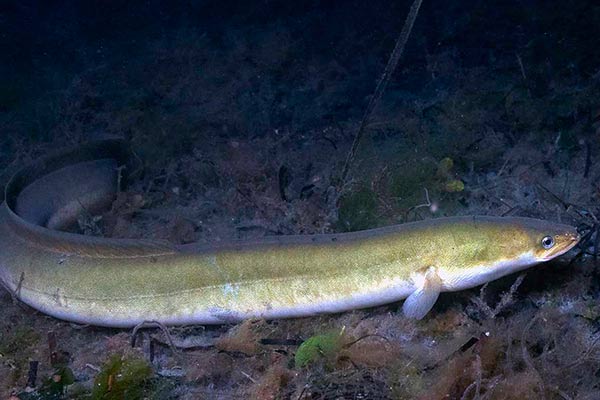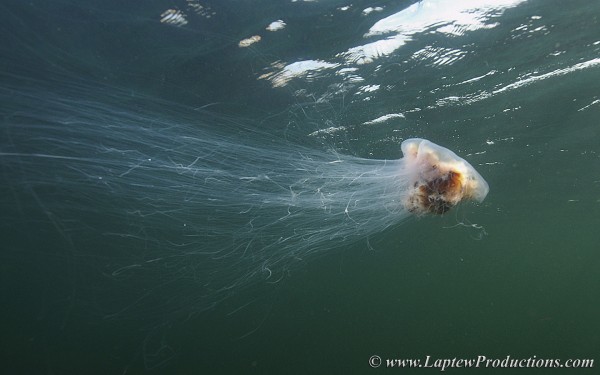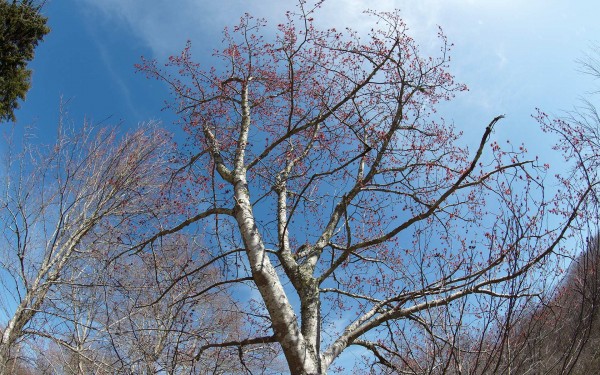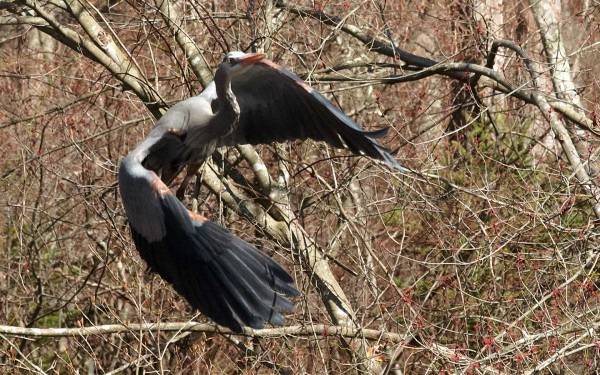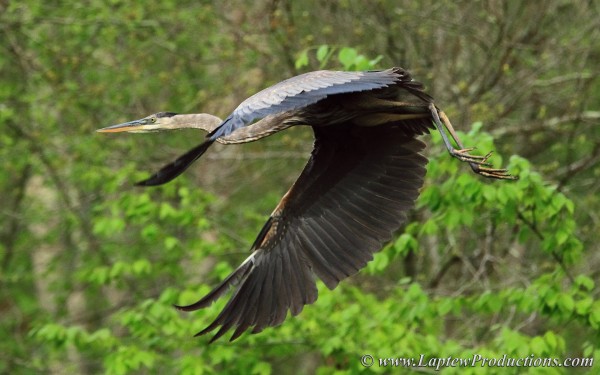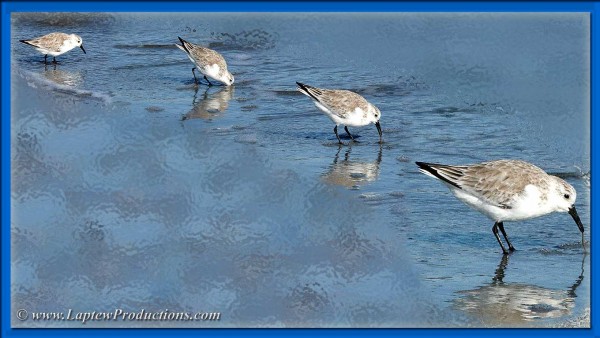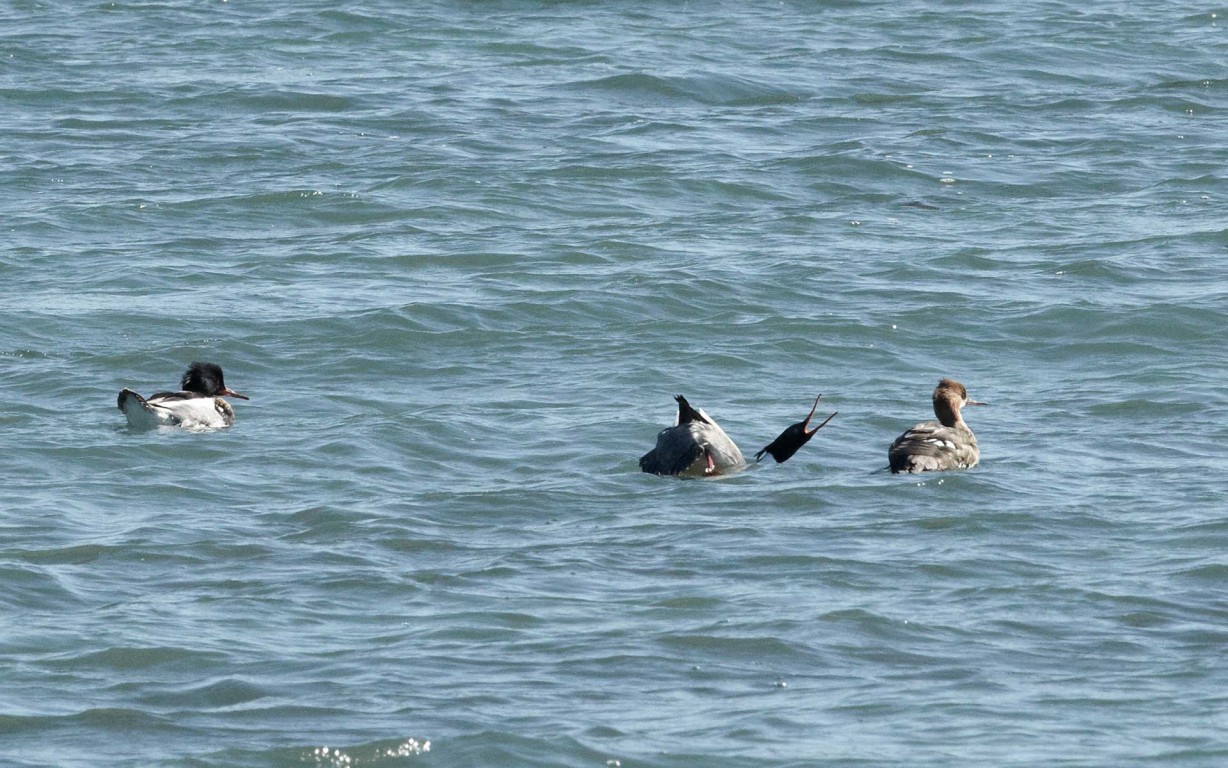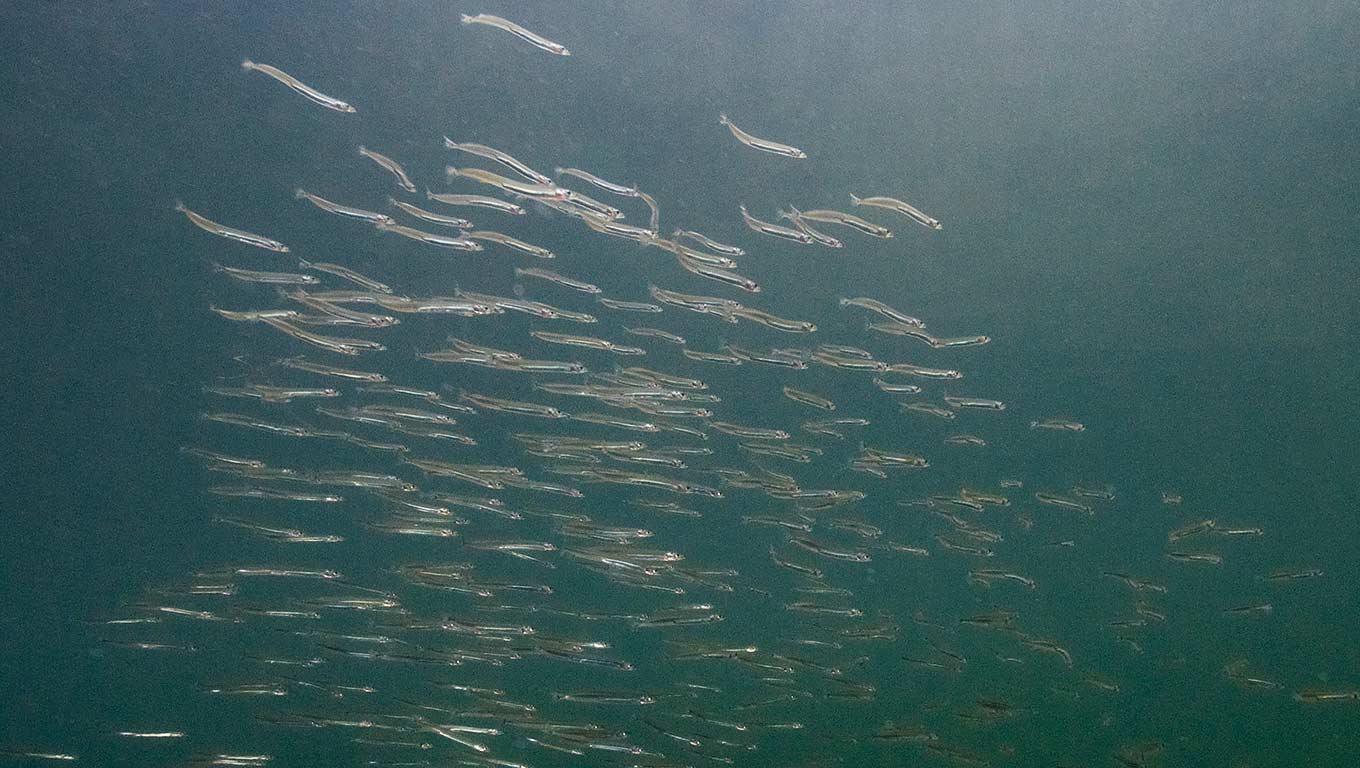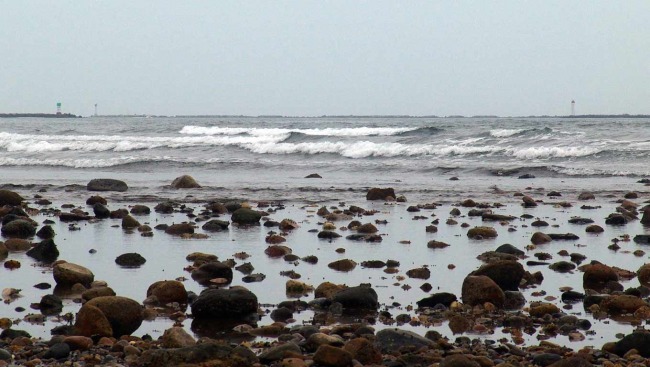Category : Environment
Laptew Chronicles
Rhode Island’s Web of Life
Part 1
River Otter
River otters can live 10 to 20 years. These three and half to four foot long mammals depend on clean water and a healthy supply of fish, frogs, snakes, mice, birds, crayfish and mussels.
River otters digest and metabolize food so quickly that food passes through their intestines within an hour.
Click to enlarge any of these images
Snowy Egret
The snowy egret stalks the marshes, coves and rivers for small bait fish such as mummichog, spearing, sand eel or sand lance
Muskrat
These semi-aquatic rodents feed primarily on aquatic plants and they can be found in slow-moving-streams, coastal and freshwater marshes, lakes, ponds and swamps.
They are prodigious and can produce up to 3 litters per year, each with 6 to 7 young. Breeding takes place from late March through July.
Osprey – The Fish Hawk
When the ospreys return to Rhode Island they start tidying up their nests with sticks and grass. Osprey mate for life and return to the same nest year after year.
River Herring
Alewives and blueback herring have an enormous impact on the environment and they are a vital component to the food chain.
A group of volunteers help the Rhode Island Dept. of Fish of Wildlife scoop out and transport herring to an aerated truck. These herring will be transferred to the Pawcatuck watershed where they will fortify 1300 acres and 8 stream miles.
Check back for Rhode Island’s Web of Life – Part 2
Headwaters of the Pettaquamscutt or Narrow River
Anadromous Fish Return from the Sea to Spawn
Catadromous Species Spawn at Sea and Their Offspring Journey into Freshwater
After hatching in the Sargasso Sea, “glass eels” or elvers infiltrate streams, creeks and marshes in Rhode Island
These resilient animals can live over 20 years in our ponds and lakes before heading back to the Sargasso Sea to spawn and die
When does Jellyfish season open?
Look at the RI landings
Top 10 seafood landings (by pounds)
In 2010, more pounds of squid were brought ashore in Rhode Island than any other seafood.
Squid (Illex)
Atlantic herring
Little skate
Squid (Loligo)
Mackerel
Scup
12,4231,611
8,279,065
7,616,857
7,446,094
4,355,810
4,300,039
16%
11%
10%
10%
6%
6%
When I was young my family and I ate all of the above, but we also had a steady supply of cod, haddock, flounder, halibut, pollock and even swordfish—the majority of which could be called “local” with a straight face. In the fifty years since, overfishing for these prize species—those that fetched highest ex-vessel prices—has done huge and well-documented damage to both our once-abundant groundfish and the habitats that sustain them.
Now that we’ve pummeled the stocks of bottom dwellers and longlining has dramatically reduced apex-predator stocks like sharks, tuna, marlin, swordfish, and so on, the race is on to catch every last critter that can be consumed. Look at the above list of commercially landed species and consider: In my childhood—heck, even now—most would fall neatly under the “bait” heading….
If we don’t get our regulatory asses in gear, we’ll soon be dining on spider crabs and jellyfish. Speaking of the food chain—its bottom links in particular–did you take your krill oil today?
Learning the routine of fish and fowl is the first step to getting interesting imagery
The woods are still pretty barren, but most trees are about to bud and it won’t be long before their full size leaves once again shield the animals of the forest from casual view.
It’s taken a little while, but I’ve got the timing pretty well pegged for finding Mr. Blue either feeding or rousting for the evening. It’s great that indeed these are “creatures of habit.”
Tide Line Buffet
This collage of shots shows what happens in less than half a second
Sandpipers stalk the surf line and when the waves recede they look for meals in the mud and sand.
Yesterday, I also found a number of ducks at the southeast corner of Mackerel Cove, Jamestown, Rhode Island…including this rather vocal specimen.
Springtime on the Narrow River Pussy Willows These are among the first trees and shrubs to bloom, however, this year they are opening up just as fast as the skunk cabbage. Color Returns to the Forest I love watching the countryside come to life with splashes of color everywhere. It won’t be long before the [...]
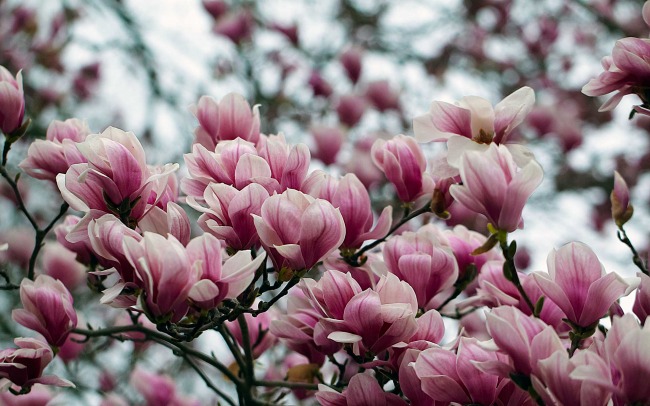
Magnolia Blossoms in Wickford, Rhode Island At the tail end of the unseasonably warm weather I caught the blossoms at peak and just before the cold snap last night. The forsythias are fully flowered — this photo was taken March 24 — that’s early! Let’s not forget the daffodils.
Sand Lance
Spawning
There are two species of sand lance recognized as living on the east coast of North America: an inshore and offshore species. They have been spawning along their range since November and spawning will continue through March.
Importance
In recent years this has become a significant biomass component on the Atlantic coast of North Atlantic. Cod, haddock, striped bass and many other important commercial and recreational fish depend on these snakelike fish, commonly referred to as sand eels. They also help sustain whales and sea birds.
